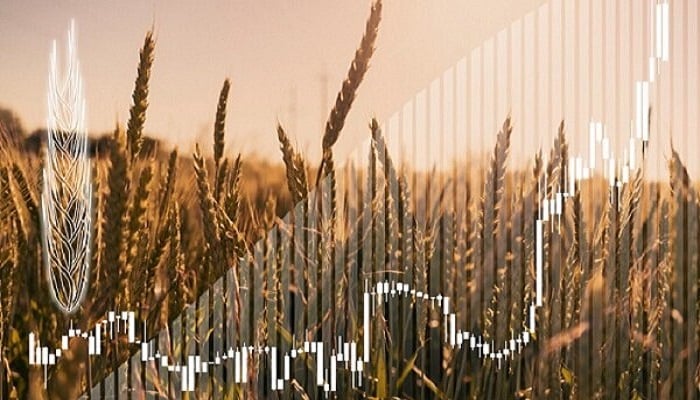PNN – As the global food crisis continues to escalate, experts believe that the BRICS group—holding a significant share of the world’s agricultural production and exports—is on its way to becoming a central pillar of global food security.
According to the report of Pakistan News Network, citing TV BRICS, World Bank data indicates that the global food crisis is deepening, and BRICS member states could play a key role in addressing food shortages. Their role could be strengthened by maintaining affordable prices for essential goods and establishing new trade mechanisms, including the proposed BRICS Grain Exchange.
This initiative, expected to be launched soon, could provide an effective platform for combating global hunger. However, experts emphasize that its success depends on the creation of strong infrastructure, coordination among member states, and the development of fair and competitive policies.
According to the World Bank, in 2024 more than 99 million people across 59 countries faced severe food shortages and malnutrition. Meanwhile, BRICS countries—responsible for more than one-third of global food production and 40 percent of fertilizer output—are increasingly being recognized as a “global hub for food security.”
Read more:
Lobarto Sartorio, an international economic relations expert, told TV BRICS that “BRICS countries account for around 45 percent of the world’s agricultural land and over 40 percent of global grain and meat production. They also represent a significant share of global rice, corn, and wheat exports.”
Russia, one of the major players in the global grain market, exported more than 109 million tons of food worth $45 billion in 2024 and aims to increase its agricultural output by 25 percent by 2030. Brazil, with agricultural exports exceeding $166 billion—including soybeans, coffee, sugar, and meat—is the world’s third-largest exporter.
China, while maintaining its position as the top producer of rice, wheat, corn, and soybeans, is shifting toward exporting high-value, nationally branded food products. India, too, has experienced rapid growth in agricultural output in recent decades and now ranks among the leading exporters of rice, milk, spices, and fruits.
Experts note that despite BRICS’ vast agricultural potential, several developing countries—such as Egypt, Ethiopia, Iran, and South Africa—still require targeted support in areas like financing, infrastructure, and modern irrigation technologies.
The idea of establishing a BRICS Grain Exchange, approved in April 2025, could significantly enhance food security, according to Russian Deputy Prime Minister Dmitry Patrushev. He stated that the exchange would help establish independent price benchmarks and boost grain exports from Russia and other BRICS members. The platform will directly connect exporters and buyers within BRICS and the Global South.
The Russian Grain Exporters Union estimates that the exchange could handle 30 to 40 percent of the world’s grain supply. In addition to Russian wheat, Brazilian soybeans and corn, as well as Indian rice, are expected to be traded on the platform.
The UN Food and Agriculture Organization (FAO), which has worked to combat hunger for over eight decades, continues to promote its “Four Betters” strategy: better production, better nutrition, a better environment, and a better life.
While experts remain cautious about the complete realization of global food security, analysts believe that BRICS—with its abundant resources, productive capacity, and shared political will—has the potential to play a strategic role in reshaping the global food order.

